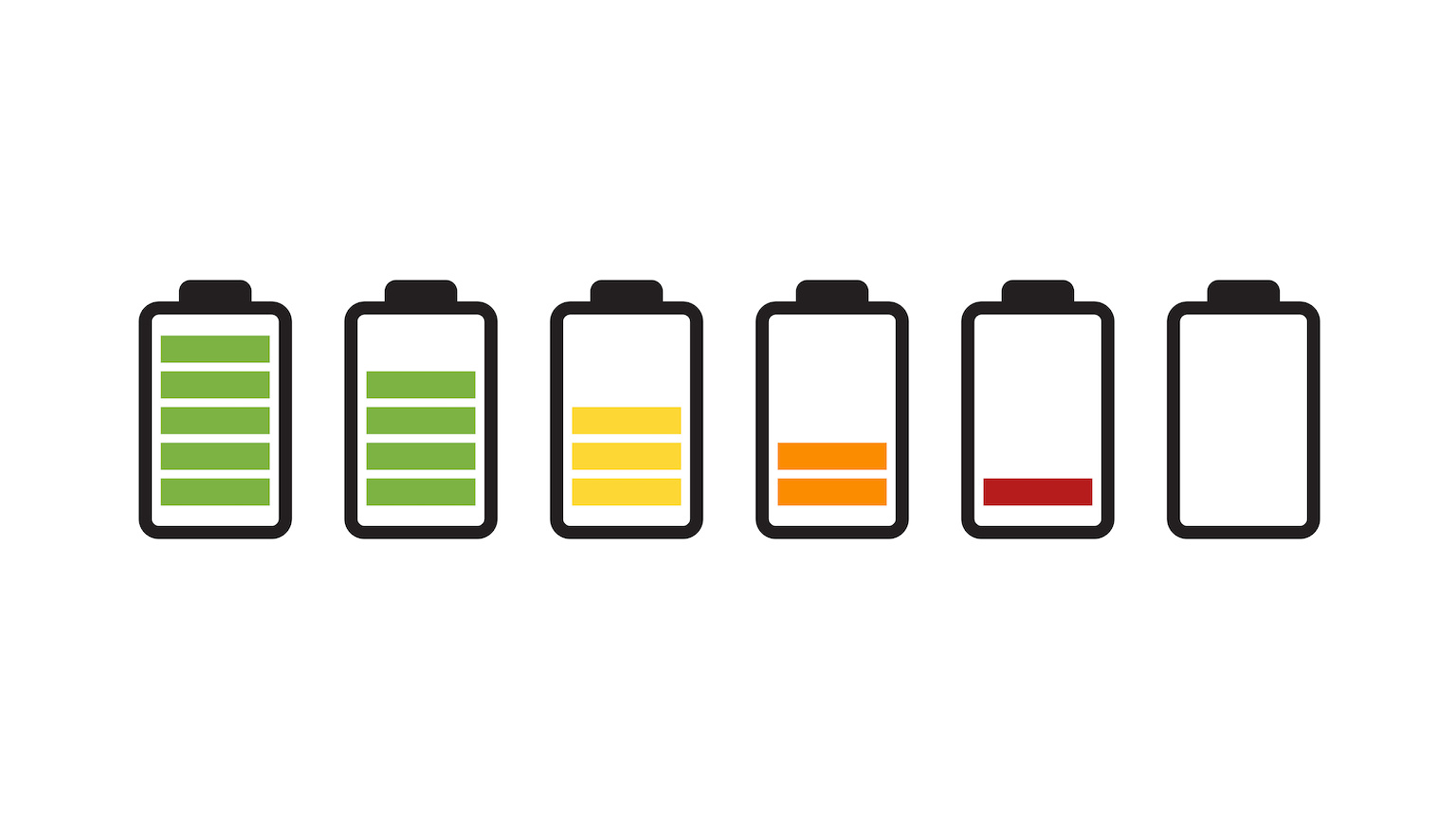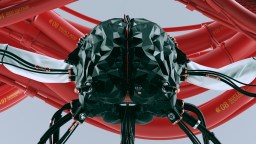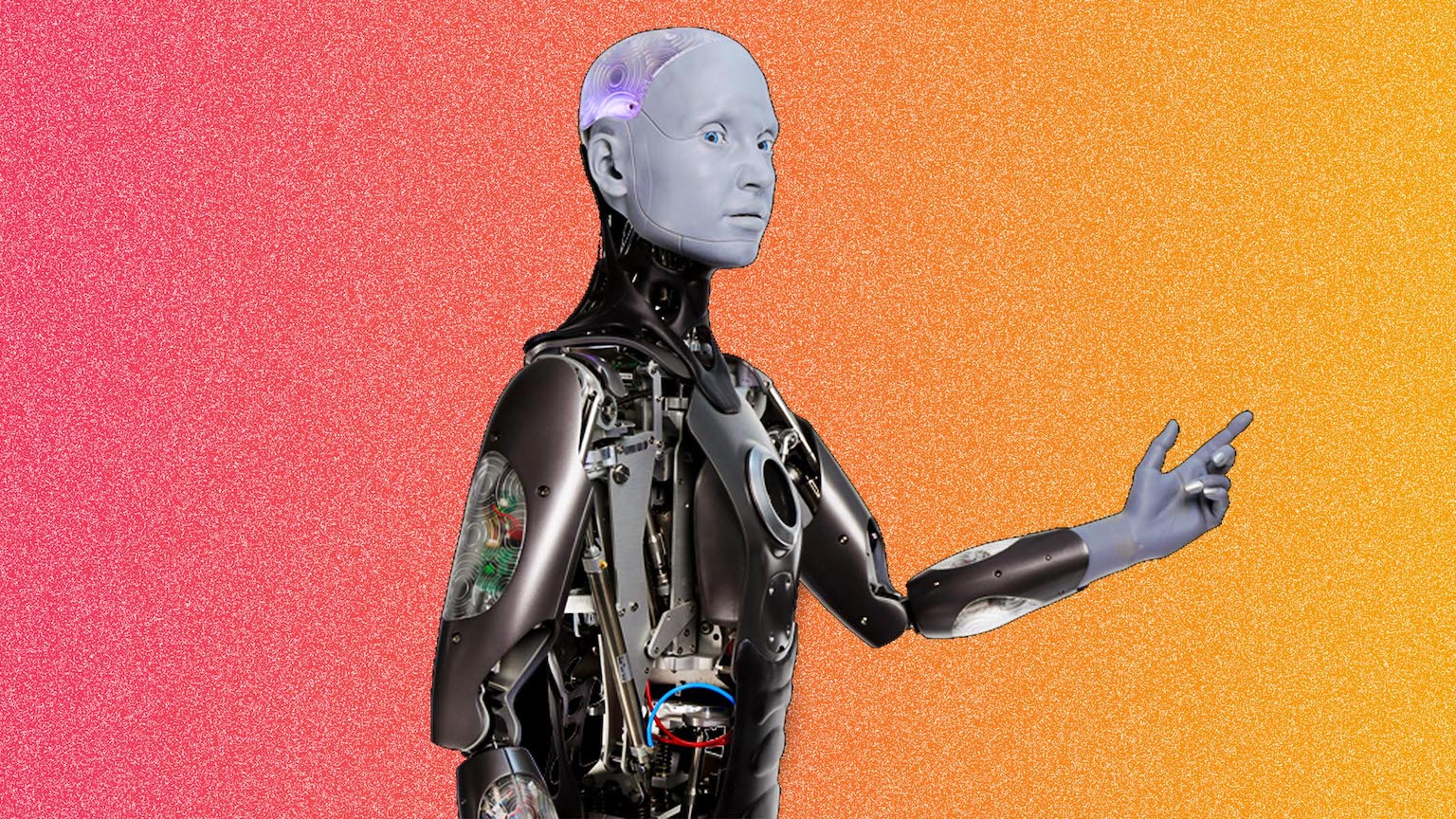Batteries are the lump of coal in futurism’s Christmas stocking

- Computers have exploded in power over the past few decades, while batteries have stagnated, becoming the limiting factor in modern tech.
- Think of how much faster your current smart phone is than a Nokia of 15 years ago. But how much better is its battery life?
- On the bright side, lagging battery technology will help prevent a robot apocalypse.
We have become accustomed to a precipitous pace of technological change, for better and for worse. Driven by scientific and then engineering breakthroughs, electronic devices and communications have progressed exponentially. Robots and AI perhaps will follow the same path.
So, what’s to stop the world of tomorrow from becoming dystopian, like in the movie The Terminator? Batteries. The robots that want to kill us and eat our medicine won’t last long before they need to recharge.
Batteries cannot keep up
A modern supercomputer crushes the machines of the mid-20th century. Fugaku, 2021’s fastest computer, is about 100 trillion times more powerful than ENIAC, the fastest computer of 1945. However, a Tesla lithium-ion battery stores only roughly six times as much charge, per pound, as a lead acid electric car battery of 1920. This ten-trillion-fold greater advancement of electronic circuits over batteries is staggering to consider.
Computer processors famously followed an exponential growth curve in capability, known as Moore’s law. The solid-state transistor was a physics breakthrough that won the Nobel Prize. Vast territory was opened up and then conquered by engineers burning circuits into silicon chips with visible and ultraviolet light. R&D fueled continuous advancements in computer circuitry for 40 years. Over the past decade or so, this pace has fallen off as hard physics limitations have stepped in. You might notice that your new laptop is no longer light-years faster than your old laptop.
Whereas integrated circuits are a mid-to-late-20th century invention, batteries have been a topic of scientific interest for more than 200 years. Early devices such as the Leyden jar were a curiosity for physicists who had not yet settled on the paradigm of electric charge. By 1910, battery technology was sufficient to produce practical electric cars, which were highly popular at the time. At one point, more than 30% of registered cars in America were electric vehicles. What happened? Internal combustion engines ate their lunch. It has taken a century, plus government intervention, for batteries to catch back up.
Progress in battery technology is glacial because there have been no breakthroughs in the fundamental science, and thus no open territory for subsequent optimization through engineering. While claims of battery breakthroughs have been common, in reality, the technology has evolved in baby steps. Scientists and engineers simply work to discover slightly better charge storage chemical formulations, tweak cathode and anode design, and hone operating cycles.
That is why batteries remain a limiting factor in many forms of modern electronic technology, such as cars, laptops, phones, and human-slaying robots. The lump of coal in this year’s futurism stocking is that batteries will keep dragging behind.
Advances worth noting
Having said all that, two modest advances in battery technology are worth mentioning. First, a paper published in the Journal of the American Chemical Society describes an advance for sodium-sulfur (Na-S) cells. These kinds of cells can, in theory, store about twice as much power per pound as a lithium-ion cell. In practice, Na-S batteries have been limited by several factors: They charge poorly, drain quickly when sitting idle, and fade quickly in capacity.
However, researchers from the University of Texas have developed a new version of the battery by tweaking the chemistry of the charge-storing electrolyte material to improve the lifetime of the battery’s anode and cathode. If further research and engineering lead to economical manufacturing, this technology could yield cells with somewhat better charge storage than lithium-ion batteries.
Second, a paper published in the Journal of Power Sources proposes a very different idea, a sort of hybrid technology. The system uses battery-like chemistry to produce carbon from carbon dioxide. The carbon is then combusted to liberate energy. The researchers produce something close to a viable system, able to recharge multiple times and operate at high efficiency. Though it is far from commercial readiness, the technology may provide a means to harness the great energy advantage of combustion over storage of electrical charge. (This advantage is why gasoline vehicles left their electric counterparts in the dust 100 years ago.)
Unfortunately, the known laws of physics dictate that battery technology likely will continue to lag, and so researchers will continue to probe every creative avenue to find new possibilities for a breakthrough. On the bright side, this means the robot apocalypse is far less likely than some futurologists fear.





